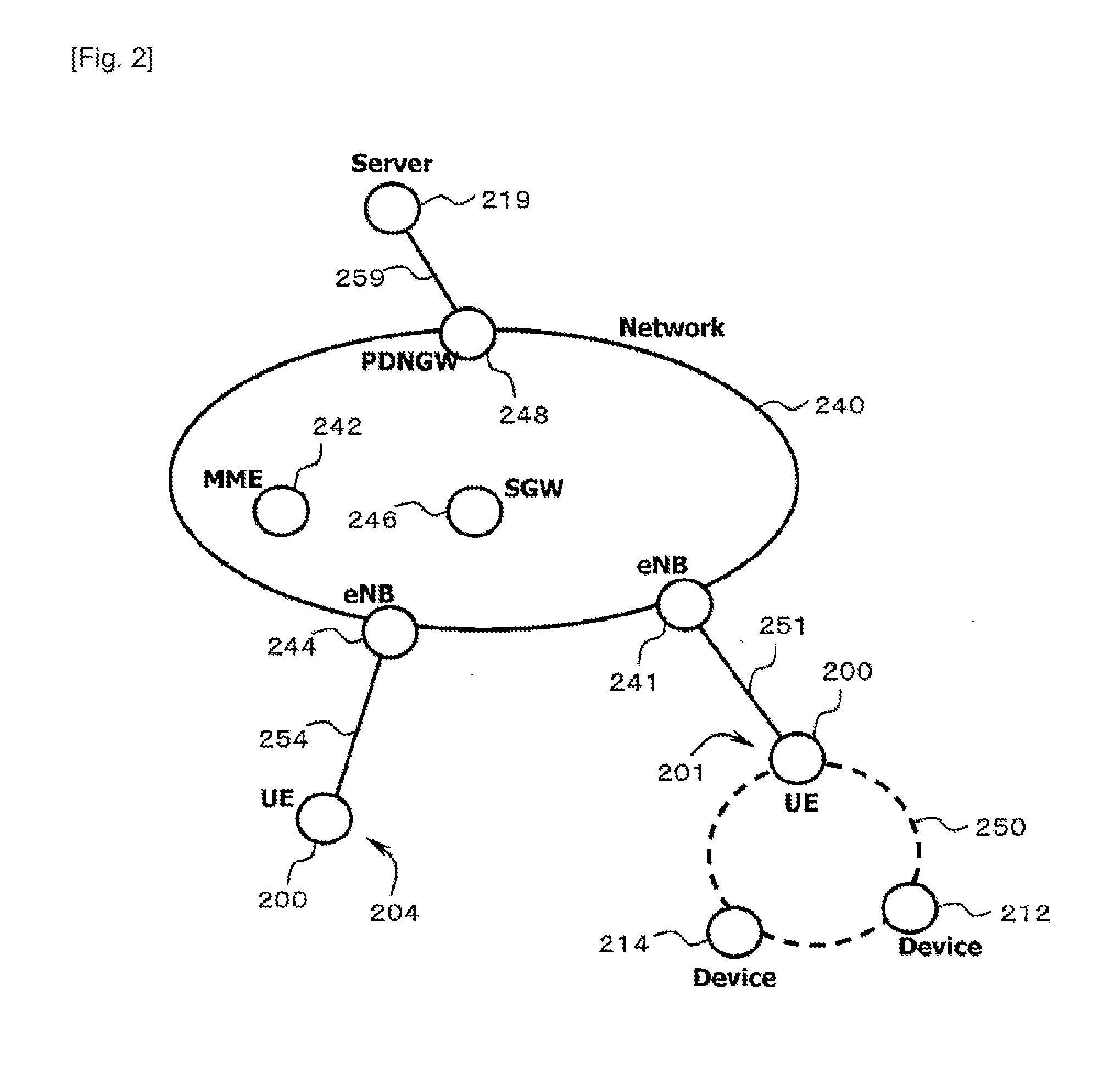Communication system and apparatus for status dependent mobile services
a communication system and mobile service technology, applied in the field of telecommunications, can solve the problems of short text message transmission and access to the global, no longer providing rudimentary voice call services on the cellular network, and achieve the effect of reducing the waste of network resources and mobile phone resources
- Summary
- Abstract
- Description
- Claims
- Application Information
AI Technical Summary
Benefits of technology
Problems solved by technology
Method used
Image
Examples
example 1
[0067]{Principle of Invention}
[0068]The present invention applies to the situation where a user equipment (UE), which is also referred to as mobile node, informs its status to the wide area network, e.g. the cellular network, such that the status allows the wide area network to determine if the user equipment is capable of processing data associated with a specific service. If it is determined that the user equipment is not capable of processing data associated with the specific service, data packets associated with the specific service will not be delivered to the user equipment. The following preferred embodiments of the present invention will give exemplary applications of the present invention.
[0069]{Apparatus}
[0070]FIG. 1 depicts the preferred functional architecture 100 of a UE, comprising of a Radio block 110, an Access Stratum (AS) block 120, a Non-Access Stratum (NAS) 130, an IP Protocols block 140, an Applications block 150, a Status Indicating means 160 and a Status Detec...
example 2
[0130]{Legacy MME: TFT Contain Location}
[0131]One other characteristics of the above two approaches depicted in FIG. 4 and FIG. 5 is that they require changes to multiple network entities, such as the MME and the PDNGWs. For reasons of backward compatibility, hardware costs or otherwise, network operators would generally like to keep the changes required on the network nodes to a minimum. Additionally, since a user equipment can be assigned the same PDNGW no matter where the user equipment is, whereas the assignment of MME is generally based on the base station the user equipment is currently attached to, it would be more desirable to change only the PDNGW.
[0132]Basic assumptions and concepts are same as embodiment 1. The only speciality in this embodiment (i.e. difference from last embodiment) is that the MME is not modified due to implementation costs etc. as described above, thus other parts of assumptions, concepts and configurations can be used as well in this embodiment.
[0133]...
example 3
[0160]{Alternative: Service / Bearer Based Paging Optimization}
[0161]In certain cases, the service area of the UE 200 can be pre-determined, e.g. by the subscription, pre-registered area, history data, user input, etc. For example, when a UE provides the service at a specific location, it can generate a kind of fingerprint using the cell information and GPS, etc.
[0162]In such case, the UE 200 can configure the network to make use of the information to avoid unnecessarily paging the UE 200 when it is in IDLE or other power saving mode. For this purpose, the UE 200 can make use of the UE requested bearer resource modification procedure to configure the network. FIG. 9 illustrated an example signaling sequence of the operation.
[0163]After the corresponding PDN connection establishment, e.g. the Attach Procedure or the UE Requested PDN Connectivity establishment, the UE 200 sends a Request Bearer Resource Modification 912 toward the MME 242. The Request Bearer Resource Modification 912 me...
PUM
 Login to View More
Login to View More Abstract
Description
Claims
Application Information
 Login to View More
Login to View More - R&D
- Intellectual Property
- Life Sciences
- Materials
- Tech Scout
- Unparalleled Data Quality
- Higher Quality Content
- 60% Fewer Hallucinations
Browse by: Latest US Patents, China's latest patents, Technical Efficacy Thesaurus, Application Domain, Technology Topic, Popular Technical Reports.
© 2025 PatSnap. All rights reserved.Legal|Privacy policy|Modern Slavery Act Transparency Statement|Sitemap|About US| Contact US: help@patsnap.com



